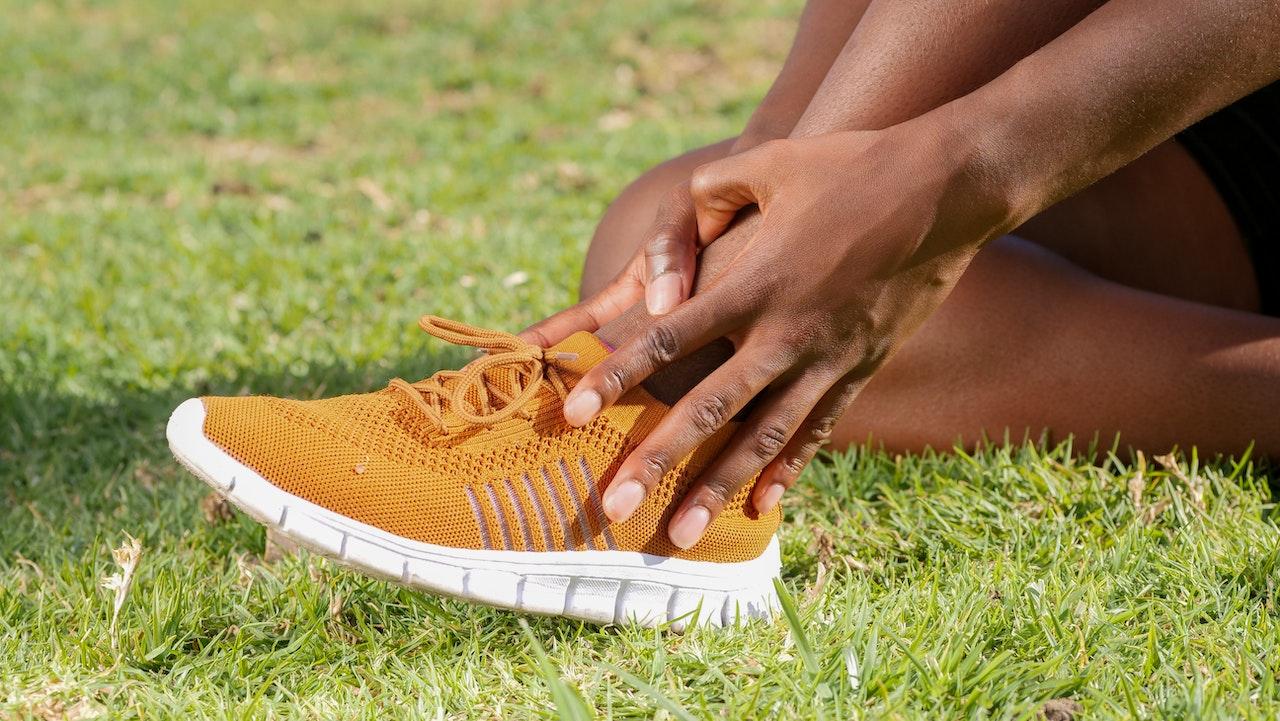The Three Phases of Returning from Injury
There are three main phases for returning from injury that a runner will go through. The first phase is determining what the problem is. Sounds pretty simple, eh, but it just might not be straight forward. The next phase will include treating the injury and strengthening the muscles around the injury. Phase three will be easing into your come back to the sport. Depending on the severity of your injury these phases can take differing amount of time. For returning from an injury the general advice should remain the same.
Phase One in Returning from Injury: Diagnosis
Phase one in returning from injury is determining what is wrong. This may be obvious or often it will require the help from a professional. More often than not, a good physio or a sports massage therapist can help diagnose a runners injury in a single visit. After all, they have seen countless runners and helped get them back on their feet. It is not unusual for a runner to feel pain somewhere, but that pain is caused from a weakness somewhere entirely different. For example, one of the more common running injuries is the IT Band. This is the tendon that runs up the outside of the thigh. However, the pain is most often felt in the knee. One or two sessions with a sports massage therapist and that pain can be resolved.
Whether your injury is coming from certain muscles not firing or from a weakness in another area, the pain is real. The key in phase one is to come up with a diagnosis.
Phase Two in Returning from Injury: Plan of Action & Building Strength
Phase two of returning from injury for a runner will generally start with rest. The dreaded four letter word most runners don’t understand and never like to hear. However, rest is the start of the healing process. The human body is a remarkable machine. It has an incredible ability to heal itself. You just need to help it along. Depending on your plan, as advised from the professionals, you will probably require some rehab. This will most likely involve strengthening the muscles around the injured area. As long as you aren’t putting additional stress and strain on the injured area, some light resistance training is ideal.
For runners returning from injury, this is also a good time to do some additional core work. When not running, building core strength is hugely beneficial. This will be advantageous for making your return and ensure you are running strong when your body is ready.
Phase three returning from injury: Making a comeback
Phase three of returning from injury begins when you can start back to running. The biggest mistake runners make when they start to feel strong enough is doing too much, too fast. My personal advice is to start extremely easy and do plenty of stretching. Here is my plan of action whenever I start back after an injury:
Day 1: 800m easy – During this 800m, listen closely to your body. You will likely be hyper-sensitive to the injured area, so be realistic. As long as there isn’t sharp pain, this will be a good sign.
Day 2: Rest day
Day 3: 1 mile easy – On the second run back when returning from injury, aim for somewhere around 1 mile and once again, keep the pace easy. Depending on how long you’ve been out of action, your aerobic capacity may have taken a hit. Don’t worry too much about how hard the effort feels while running slow. It may very well be harder than you would like. Returning from injury is all about coming back without re-aggravating the injured area.
Day 4: Rest day
Day 5: If your first two runs felt OK, continue to build on these. An easy 2-3 miles will go a long way to begin building back confidence. Once again, pace isn’t important. Keep it easy and relaxed. Listen to your body. You may need additional rest days. Stretching and warming up with appropriate dynamics will help you along the way.
Day 6: Rest day
Day 7: One week into your return from injury is when to start to add a little pace, very little at first, pace into your runs. I like to keep the distance down to 2-3 miles but will do the second or third mile a little bit faster than the first. Nothing crazy, but a slight change of pace.
From here on, as long as your body feels OK and you’ve had no setbacks, it’s time to start building on the first week. Needless to say, returning from injury is a process and one to be taken in these three stages.
When returning from an injury, always listen to the professionals and listen to your body. The general idea is to not try to rush your return. Long term health and getting back to running full time can be a slow process. Build strength, stretch often, and be sensible…Three things us runners are not well known for. But returning from an injury requires patience.
Every injury is different so If you have any concerns or if conditions don’t seem to be improving, always seek professional medical advice.
Your thoughts? I’d love to hear your thoughts and experience of making your comeback. Send your comments in the form below.


